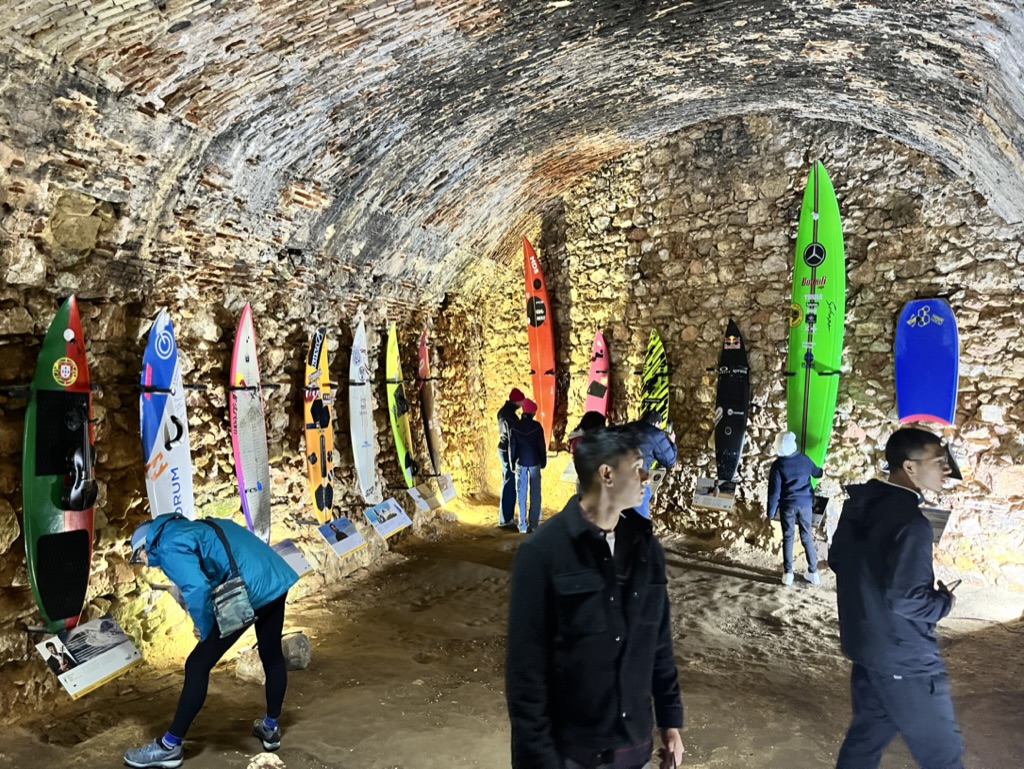
Surfboards inside the museum at Nazaré, Portugal, all of which have ridden the biggest wave in the world. Things I have found while surfing. Have a look at these, and maybe leave a comment about which link grabbed your attention and what you learned there. (PS…the headlines are links! Click for more) John Coltrane’s ideas behind “A Love Supreme.” I adore this piece of music. I think I first heard it about 20 years after it was recorded, which was nearly 60 years ago now. It is a high form sacred music piece, as important and meaningful as anything that …
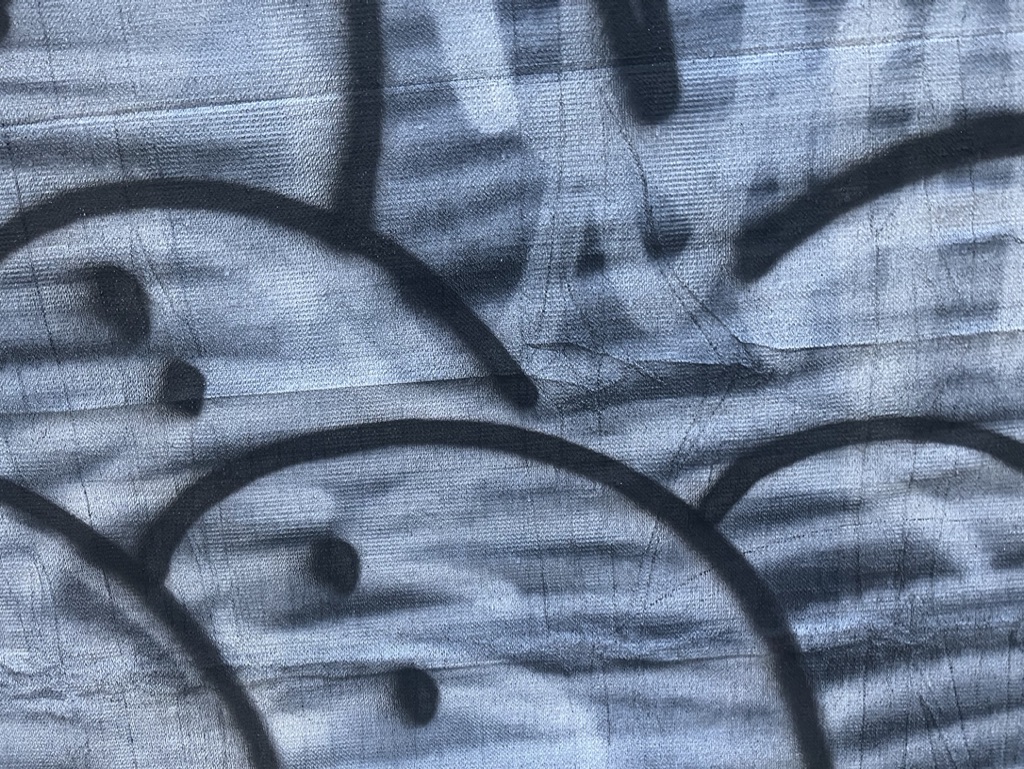
Back in the late 1990s, when Toke Møller and Monica Nissen were mentoring a group of Kaos Pilot students, they went to visit Dee Hock in California to learn about his ideas of the chaordic organization and the chaordic lenses that help organizations stay focused on a minimal necessary structure that allows for coherence and emergence. It was a useful contribution to the budding set of participatory leadership practices that were emerging amongst the early Art of Hosting developers. After that, Dee Hock’s chaordic lenses got expanded a little and became the “Chaordic Stepping Stones” which we have developed further …
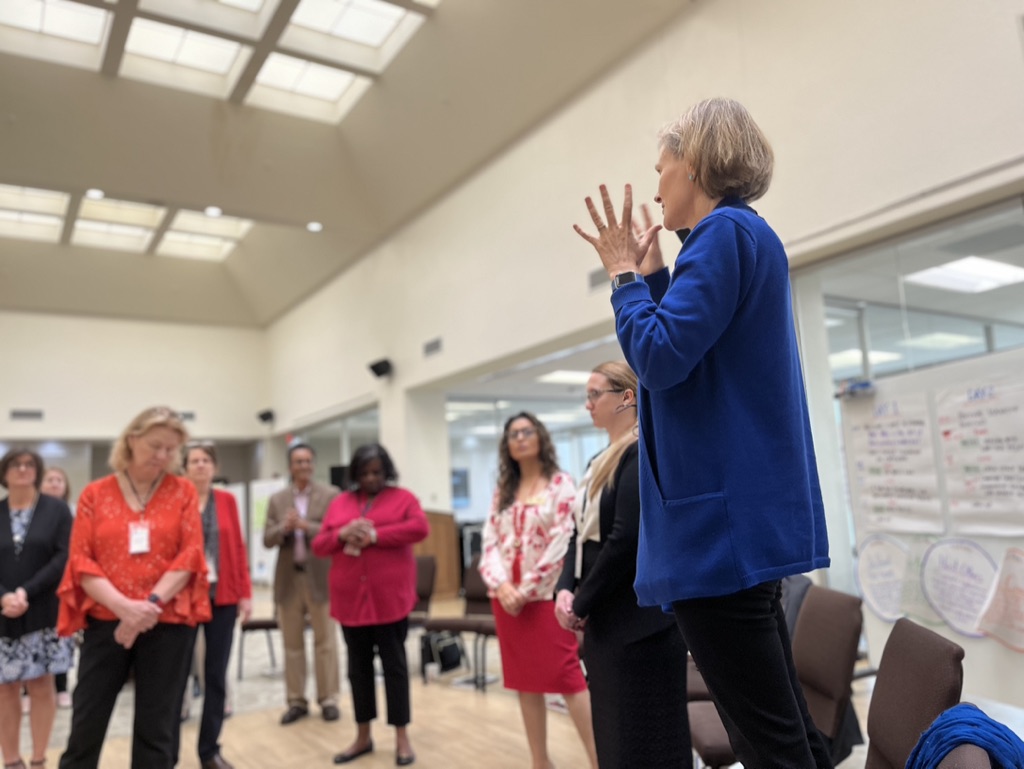
Someone asked me the other day about how to use constraints in facilitation and I thought I’d jot some quick thoughts down here. Let’s start using terms from Cynefin. Group work falls on a scale between ordered tasks and unordered tasks (or complicated and complex). The first question I ask myself in designing a container for facilitation is, “how much emergence is desired in this field?” In most of my work, I’m working in highly emergent situations, but for folks working around issues like safety or legal issues, there may be a prescribed outcome that the group needs to work …
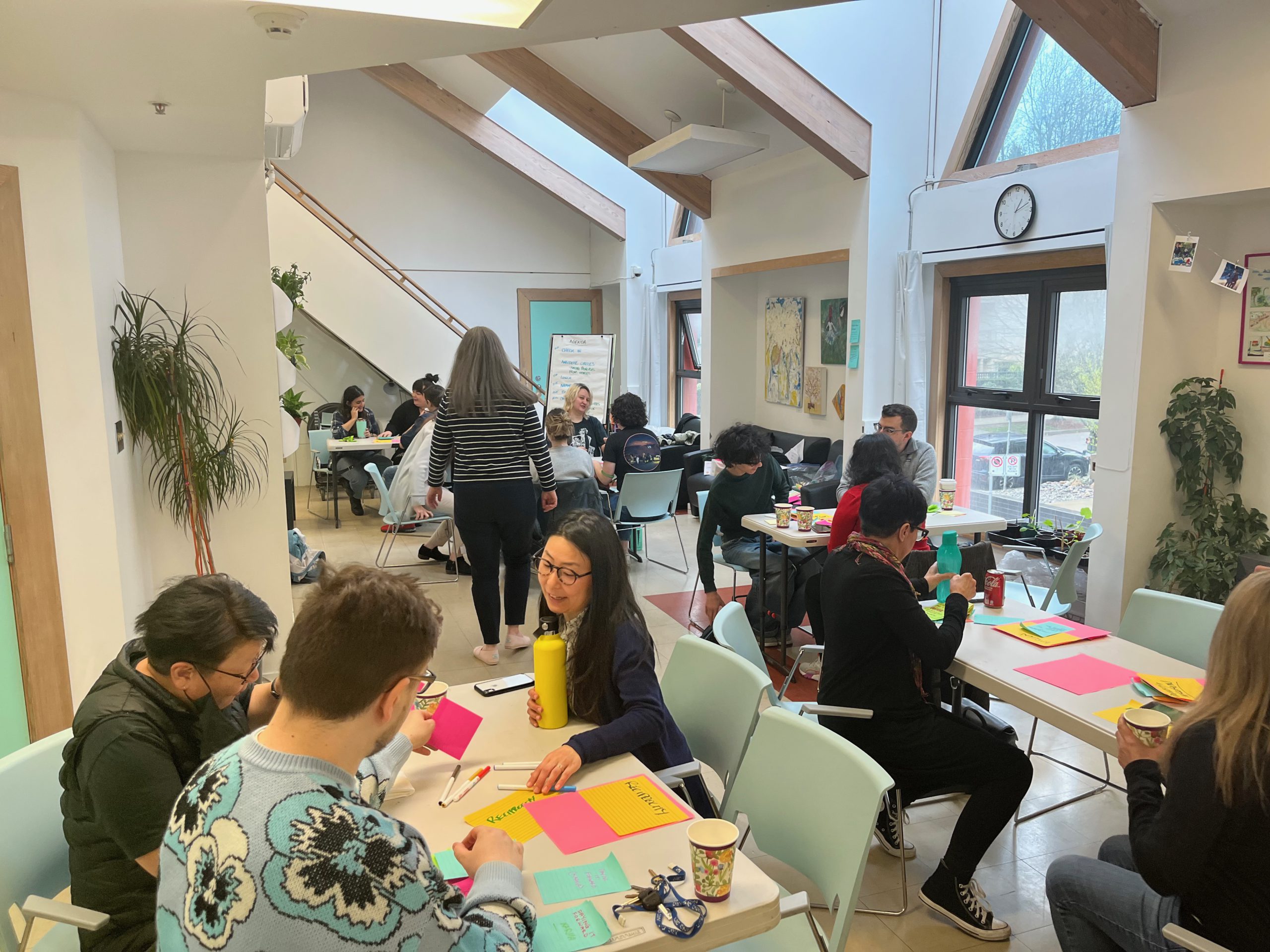
A few months ago, I was immersed in teaching complexity within the framework of the Art of Participatory Leadership program (AoPL). Essentially, AoPL is the application of the Art of Hosting within leadership contexts, extending beyond traditional facilitation and hosting scenarios. With a strong emphasis on personal practice and the use of complexity tools, AoPL encourages a deeper exploration of the connections between the Four Fold Practice, complexity, and dialogic containers – topics I’d previously addressed in my chapter for the book ‘Dialogic Organizational Development‘. My recent revisit to these subjects has sparked fresh insights. In one of these sessions, …
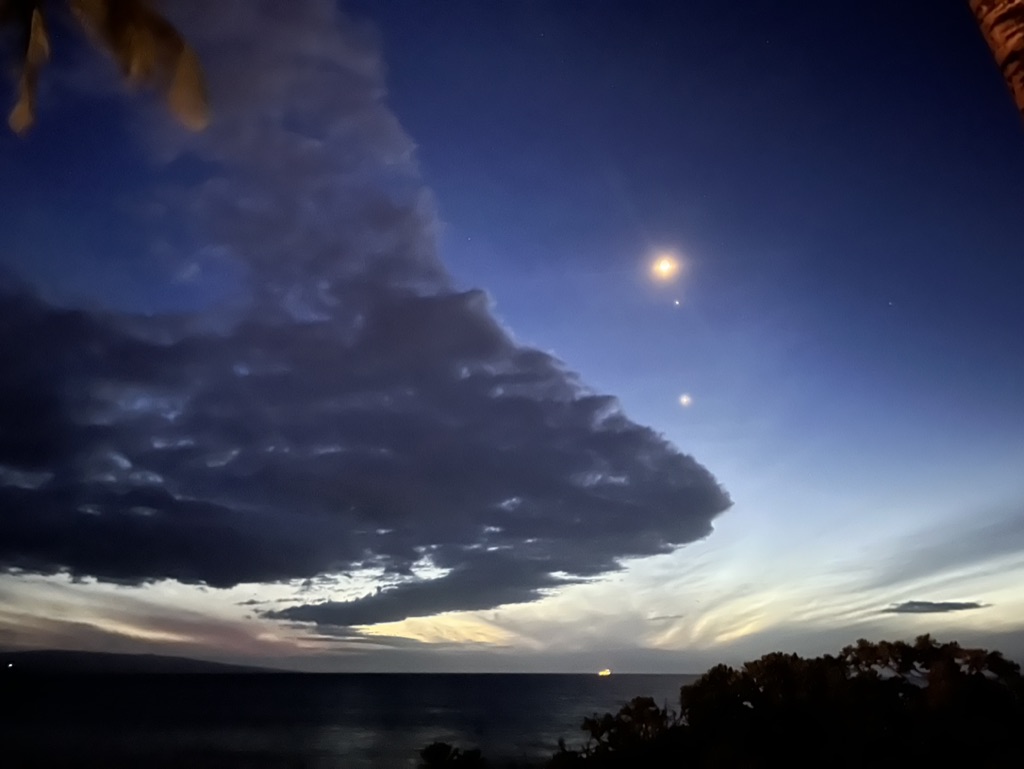
Four things conspiring here today. So before you dive into this post, go play Horde of the Flies at Complexity Explorables. Play with the sliders. Find a way to lock all the dots in one super stable state. Find a way to ensure endless randomness. Find a way to have the dots self-organize such that patterns emerge, persist for a while, and then change. Play with trying to control the system. See if you can get desired results. Now, what’s going on here? There is a relationship between organization and self-organization. Systems self-organize within constraints. Without constraints, anything is possible, …

